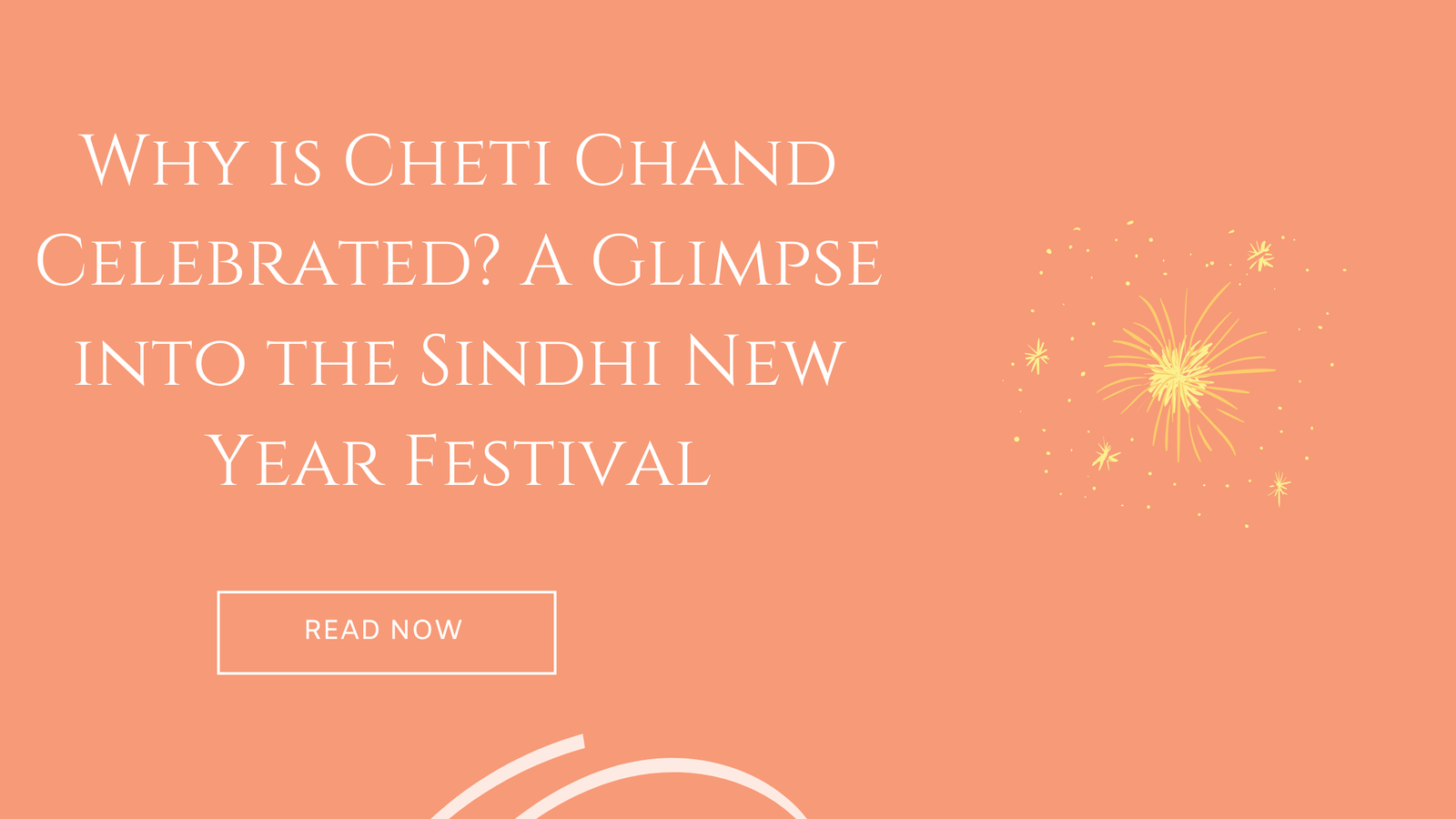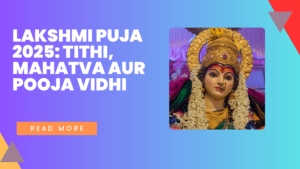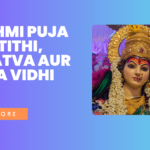Why is Cheti Chand Celebrated? A Glimpse into the Sindhi New Year Festival
Cheti Chand is a vibrant and culturally rich festival celebrated by the Sindhi community, marking the Sindhi New Year. It is a day of immense joy, reflecting the cultural, religious, and historical significance of the Sindhi people. But why is Cheti Chand celebrated, and what does it mean for the Sindhi community? In this vlog, we’ll explore the history, significance, and how this festival is observed.
What is Cheti Chand?
Cheti Chand marks the beginning of the new year according to the Sindhi calendar, which is based on the lunar cycle. It falls on the first day of Chaitra month, usually in March or April, and is a day of renewal, prayers, and celebrations. The festival is dedicated to Jhulelal, the patron deity of Sindhis, who is believed to have saved the community from a great flood.
The Story of Jhulelal – The Patron Deity
The origins of Cheti Chand are deeply intertwined with the legend of Jhulelal. According to Sindhi mythology, the region’s ruler, Mirkh Shah, ordered that all Sindhi people convert to Islam. Fearing for their safety, the Sindhi community prayed for divine intervention. Their prayers were answered in the form of Jhulelal, a deity believed to have miraculous powers.
Jhulelal, depicted as a divine being riding a fish, appeared before the people and guided them across the river to safety. His arrival symbolized protection, freedom, and the preservation of Sindhi culture and religion. Cheti Chand is celebrated in honor of Jhulelal’s birthday and to express gratitude for his protection and blessings.
Why is Cheti Chand Celebrated?
Cheti Chand is not just the Sindhi New Year, but it is also a way to celebrate:
- Victory of Good Over Evil: Just as Jhulelal saved the Sindhi community from the dangers they faced, Cheti Chand represents the triumph of good over evil, hope over despair, and the protection of culture and religion.
- Cultural Identity and Unity: The festival reinforces the importance of the Sindhi culture, language, and community. It’s a time for Sindhis, whether in India or abroad, to unite, celebrate, and honor their rich heritage.
- Religious Significance: Cheti Chand is a day of prayers and rituals dedicated to Jhulelal, seeking his blessings for peace, prosperity, and harmony. Sindhis believe that Jhulelal’s divine presence helps them overcome challenges and ensures their well-being throughout the year.
- New Beginnings: As it marks the start of the Sindhi new year, Cheti Chand is a day of fresh starts, new goals, and hopes for the future. People celebrate by cleaning and decorating their homes, paying off debts, and starting new ventures with optimism.
How is Cheti Chand Celebrated?
The celebration of Cheti Chand is rich with rituals, festivities, and cultural expressions. Here’s how Sindhi families typically celebrate this joyous day:
1. Religious Rituals
- Morning Prayers and Aarti: The day begins with Sindhi families performing aarti and prayers at home or in temples dedicated to Jhulelal. Devotees chant prayers like the famous “Jhulelal Ki Aarti” to invoke blessings and seek protection.
- Processions and Temples Visits: In some areas, processions are held, where devotees carry idols or pictures of Jhulelal and sing religious songs in his honor. Sindhi temples often organize special prayers, inviting the community to come together and celebrate.
2. Celebratory Feast
- Festive Foods: Like most festivals, Cheti Chand is also known for its delicious food. Special dishes like Sindhi Biryani, Sindhi Karhi, and Seviyan (sweet vermicelli) are prepared to mark the occasion.
- Sweets and Offerings: It’s common to make offerings of fruits, sweets, and milk to the deity. The festive meals are shared with family, friends, and the community.
3. New Clothes and Gifts
- Traditional Clothing: On Cheti Chand, people wear new clothes, often in bright, cheerful colors, as a symbol of renewal and new beginnings. Sindhi women often wear ghagras, while Sindhi men may dress in traditional kurtas and pajamas.
- Exchanging Gifts: It’s customary to exchange gifts and greetings with loved ones and neighbors. This is a way to share joy and spread positivity.
4. Cultural Programs
- Dance and Music: Cultural events, including Sindhi folk dances, dholki (drumming), and singing of Sindhi bhajans (devotional songs), are an essential part of the celebrations. Community halls and homes come alive with music, dance, and joy.
- Sindhi Cultural Exhibitions: Some regions host exhibitions or fairs, where traditional Sindhi crafts, arts, and food are showcased. This is a time to celebrate the rich cultural heritage of Sindhi people and share it with the younger generation.
5. Community Gatherings
Cheti Chand is a festival that promotes community bonding. Sindhi families often come together to share meals, participate in festivities, and celebrate as one. This creates a sense of unity and belonging, strengthening relationships within the Sindhi community.
Conclusion: Why Cheti Chand Matters
Cheti Chand is not just a New Year celebration; it is a festival of renewal, hope, and unity. It’s an opportunity for Sindhi people to reconnect with their roots, honor their deity Jhulelal, and celebrate their rich traditions and culture. Whether you are a Sindhi or simply someone interested in the diversity of India’s festivals, Cheti Chand offers an insight into the resilience, spirit, and values of the Sindhi community.
So, this year, if you happen to be invited to a Cheti Chand celebration, embrace the joyous spirit of the festival, and take part in the prayers, music, and feasts that make it such a special occasion.






